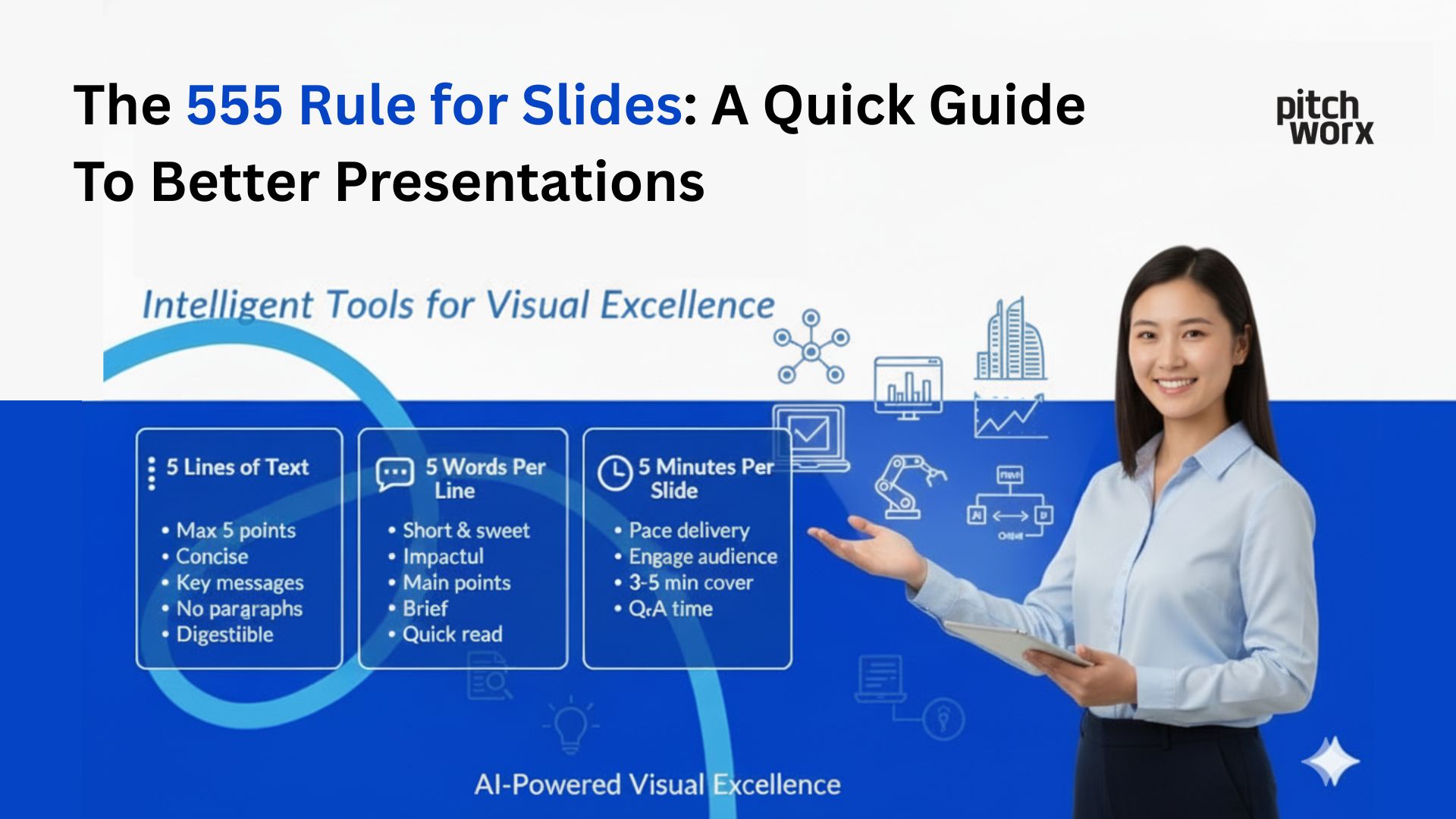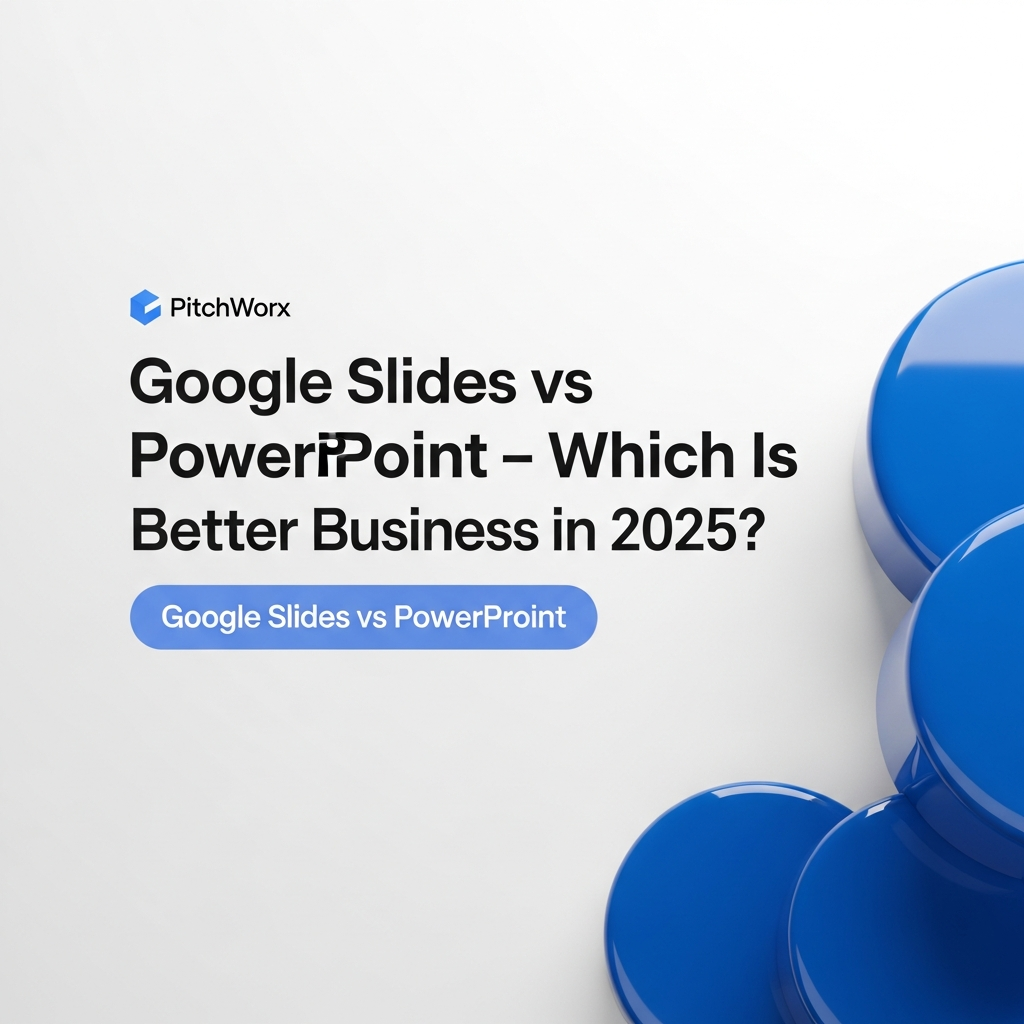Table of Contents
- Quick Introduction
- What is the 555 Rule for Slides?
- Why American Startups Need the 555 Rule NOW
- The Technical Breakdown: Implementing the 555 Rule
- The Graph That Changes Everything: 555 vs. Traditional Pitch Decks
- Creative Hacks for USA Startup Founders
- Future-Forward: The 555 Rule Meets AI and Emerging Tech
- USA Industry-Specific Applications
- Common Mistakes (And How to Avoid Them)
- Measuring Your 555 Success
- The Bottom Line for American Entrepreneurs
Quick Introduction
If you’re tired of flipping through long presentations and losing your audience’s attention, PowerPoint’s Summary Zoom feature is your ultimate solution. It helps you create interactive, non-linear presentations—letting you jump between sections smoothly while maintaining a professional flow.
In this complete guide, we’ll explain how to use Summary Zoom in PowerPoint step-by-step, share an easy hack to make your zoom presentation more engaging, mention a few free tools, and finally, introduce how Pitchworx, a leading presentation design agency, can take your slides to the next level.
What is the 555 Rule for Slides?
The 555 Rule is a presentation design principle that ensures clarity, engagement, and retention. Here’s the breakdown:
- 5 words per line (maximum)
- 5 lines per slide (maximum)
- 5 text-heavy slides in a row (maximum)
This isn’t just another presentation hack—it’s a cognitive science-backed approach that aligns with how the human brain processes visual information. Research from MIT shows that audiences retain 40% more information from presentations that follow minimalist design principles.
Why American Startups Need the 555 Rule NOW
The U.S. startup ecosystem is hyper-competitive, with the average pitch deck being viewed for just 3 minutes and 44 seconds. In this environment, the 555 rule helps founders create slides that don’t sabotage their own success by overwhelming investors with text.
The Technical Breakdown: Implementing the 555 Rule
Rule #1: Five Words Per Line
By limiting words per line, you create scannable, digestible content that lets your audience focus on YOUR voice. Airbnb’s Series B pitch deck averaged 4.2 words per line.
Rule #2: Five Lines Per Slide Maximum
Top Y Combinator startups limit slides to 3-4 lines on average. Research shows slides with 5 or fewer lines achieve 68% audience recall compared to 31% for slides with 8+ lines.
Rule #3: Five Text-Heavy Slides Maximum (In a Row)
By alternating between text and visual slides, you create “cognitive refreshers” that maintain attention. Studies show attention span resets when presentation format changes.
The Graph That Changes Everything: 555 vs. Traditional Pitch Decks
Graph 1: Investor Engagement Over Time
A line graph would show engagement for a traditional deck dropping sharply after slide 8, while a 555 Rule deck maintains high engagement throughout.
Graph 2: Information Retention
A bar graph would show that a 555 Rule deck achieves 71% information retention after 48 hours, compared to only 32% for a text-heavy deck.
Graph 3: Pitch Success Rates
A pie chart comparison would show that 555 Rule decks secure meetings for Series A at a rate of 23%, compared to just 8% for traditional decks.
Creative Hacks for USA Startup Founders
- The “Billboard Test”: If your slide can’t be understood in 3 seconds, it’s too complex.
- The “Zoom Squint”: Zoom out to 50%. If you can’t read everything, reduce text.
- The “TikTok Translation”: Can you explain your slide in 15 seconds? If not, break it into multiple slides.
- The “Annotation Layer”: Use presenter notes extensively to separate visual impact from verbal detail.
- The “Contrast Rule”: Use high-contrast designs for 47% faster comprehension.
Future-Forward: The 555 Rule Meets AI and Emerging Tech
Emerging AI presentation makers are integrating the 555 Rule into their algorithms. The remote-first reality of business makes the rule even more critical, as remote investors spend 40% less time per slide compared to in-person meetings.
USA Industry-Specific Applications
Tech Startups: Use your 5 text slides for: Problem, Solution, Market Size, Business Model, Traction. Everything else should be visuals.
Healthcare & Biotech: Use the 555 Rule to create slide sequences that build your regulatory story progressively.
Fintech & Blockchain: Make complex financial models immediately understandable by simplifying them into key metrics.
Common Mistakes (And How to Avoid Them)
Avoid treating every slide the same, counting numbers as words in your limit, and forgetting the importance of font size and visual weight.
Measuring Your 555 Success
Track metrics like average time investors spend per slide, the quality of follow-up questions, your callback rate, and the deck forward rate after implementing the 555 Rule.
The Bottom Line for American Entrepreneurs
The 555 Rule isn’t about limiting information—it’s about maximizing impact. In a market where attention is the scarcest resource, your presentation design directly affects your funding success. Whether you’re pitching on Sand Hill Road, presenting at SXSW, or demoing at TechCrunch Disrupt, the 555 Rule gives you a competitive edge. Because in American business, clarity isn’t just king—it’s capital.










